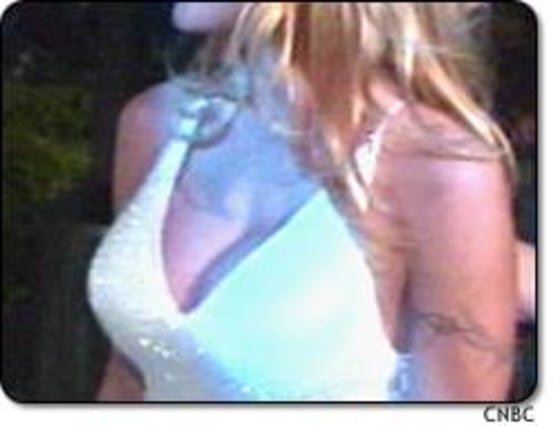An FDA advisory panel voted Wednesday to allow silicone breast implants back into the United States. And in the land of the beautiful — the ‘Silicone Valley’ of Los Angeles – that could mean a big bustline business.
It may sound irreverent, it may sound insensitive, but it’s also true: Breast enhancement has been big business out here in California. And if women have the choice of going from saline to silicone, plastic surgeons will be sharpening their scalpels.
Dr. James Wells, who heads the Plastic Surgeons Society in southern California, said he fully expects some of his patients to swap out their saline for silicone now that the FDA is expected to approve them.
And Dr. George Orloff says that, even during the flat years of the early 90s, he easily made ends meet when many women came in to have their silicone implants replaced with saline.
Who knew California’s sandy beaches could be so profitable? Sand is riddled with silica, which can be turned into silicon — the main ingredient on computer chips and made techies rich in northern California. But it also makes silicone, which down south has helped line the pockets of many a plastic surgeon. Long before the tech bubble burst up north, the silicone bubble popped down south. Yet now, with word that silicone implants, may make a comeback, happy days may be here again.
“In Los Angeles, breast augmentation is extremely popular,” said Orloff. “It goes along with the sun and the weather and the part that the entertainment industry plays in Los Angeles.”
Orloff is a Los Angeles plastic surgeon who has toiled through the boom — and the bust. The Golden State may be home to 12 percent of the nation’s residents, but 14 percent of the plastic surgeons work here. And a lot of that work went away in 1992 when silicone implants were banned — except in cases of post-mastectomy reconstruction.
Back then, breast augmentation surgeries plummeted to 32,000 across the nation. But the dip didn’t last. Within six years, the number of surgeries had enlarged more than 300 percent, to 132,000. And four years after that, they’ve doubled once again to 280,000. Last year, breast augmentation finally surpassed liposuction as the number one plastic surgery procedure for women.
“I think the impact in regards to the amount of breast augmentations performed will not change,” said Orloff. “I think this will be another option women will have in breast augmentation as far as what they want for their breast image.”
Few places are as obsessed with breast size as La-La land, where people prefer to see their cups runneth over.
Plastic surgery is the basis of a new show “Nip and Tuck” on the FX cable channel. And a few years ago, it was part of the reason a documentary was made called, simply, “Breasts.”
Silicone implants are considered more realistic than saline. And Wells says that bringing back silicone would “put us on parity with the rest of the world.”
Here in the Silicone Valley, that’s just how they like it. A town where the line, “What’s your sign” was long ago replaced with “Are those real?”
And where bigger has always been better.
